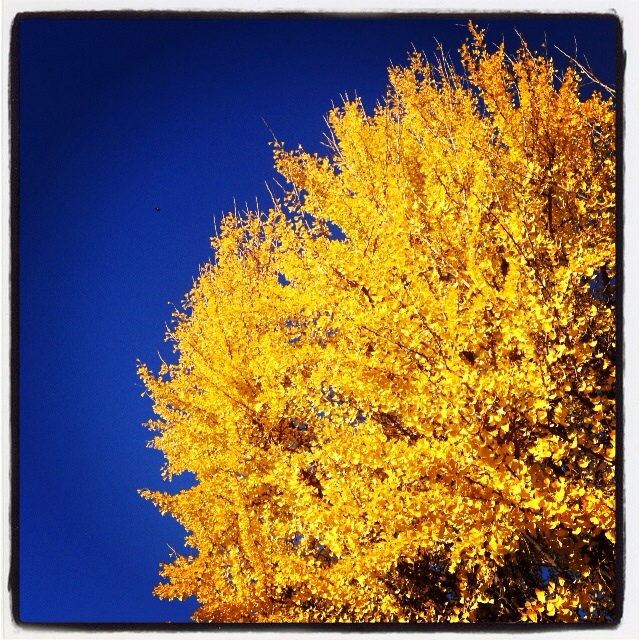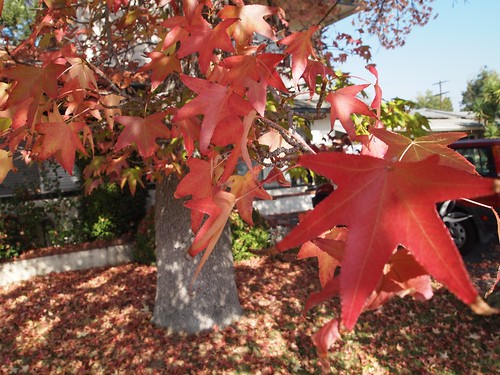
As of 10:28EDT yesterday, August 22, 2014, Fall has officially arrives here in Los Angeles. Of course, our temperatures and lack of rain almost make a mockery of this seasonal arrival, but it is a process to note. if only to mark our progress from one season to the next. Los Angeles has 4 seasons, it is just that both Spring and Fall are only about 2 weeks long. At least that is my take on it.
Fall will happen, of course. I will start to smell it in the air. For me, there is a very particular smell — one of decomposing leaves, dampness and even here in LA the smell of woodsmoke in the air. Fall an sometimes linger, if our Winter rains are late to arrive. Leaves stay on the trees and the lack of rain causes the plants to continue drying rather than decomposing.

The plants and trees are already sensing the Equinox (latin for equal night), though. Leaves are turning. Seeds are being set and all of our native or near native plants have dried to a golden brown and slowly settle back into the soil. Like nature itself, I look forward to Fall and Winter both for its sense of renewal and for its sense of dormancy and relaxation. The heat of the Summer always saps me while the brisk air of Winter spurs me to be outdoors doing things. While I would never really consider moving back to my childhood home of Ohio and wallowing through mounds of snow of months, I think I still have more affinity towards that type of climate that Southern California.
An equinox occurs twice a year, around 20 March and 22 September. The word itself has several related definitions. The oldest meaning is the day when daytime and night are of approximately equal duration.[2] The word equinox comes from this definition, derived from the Latin aequus(equal) and nox (night). The equinox is not exactly the same as the day when period of daytime and night are of equal length for two reasons. Firstly, sunrise, which begins daytime, occurs when the top of the Sun‘s disk rises above the eastern horizon. At that instant, the disk’s center is still below the horizon. Secondly, Earth’s atmosphere refracts sunlight. As a result, an observer sees daylight before the first glimpse of the Sun’s disk above the horizon. To avoid this ambiguity, the word equilux is sometimes used to mean a day on which the periods of daylight and night are equal.[3][note 1] Times of sunset and sunrise vary with an observer’s location (longitude and latitude), so the dates when day and night are of exactly equal length likewise depend on location. — Wikipedia
More information on the Autumnal Equinox: